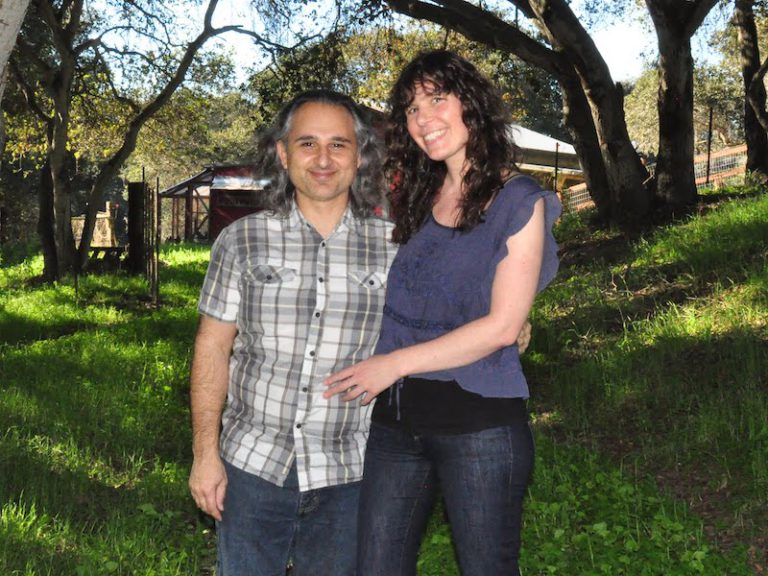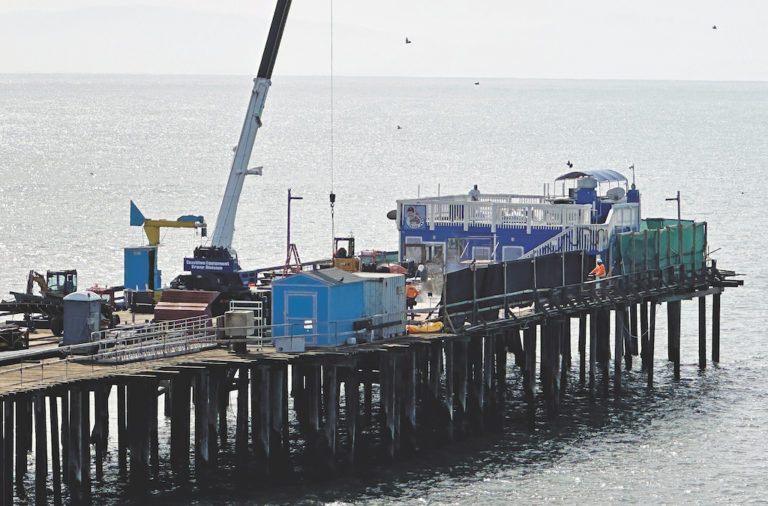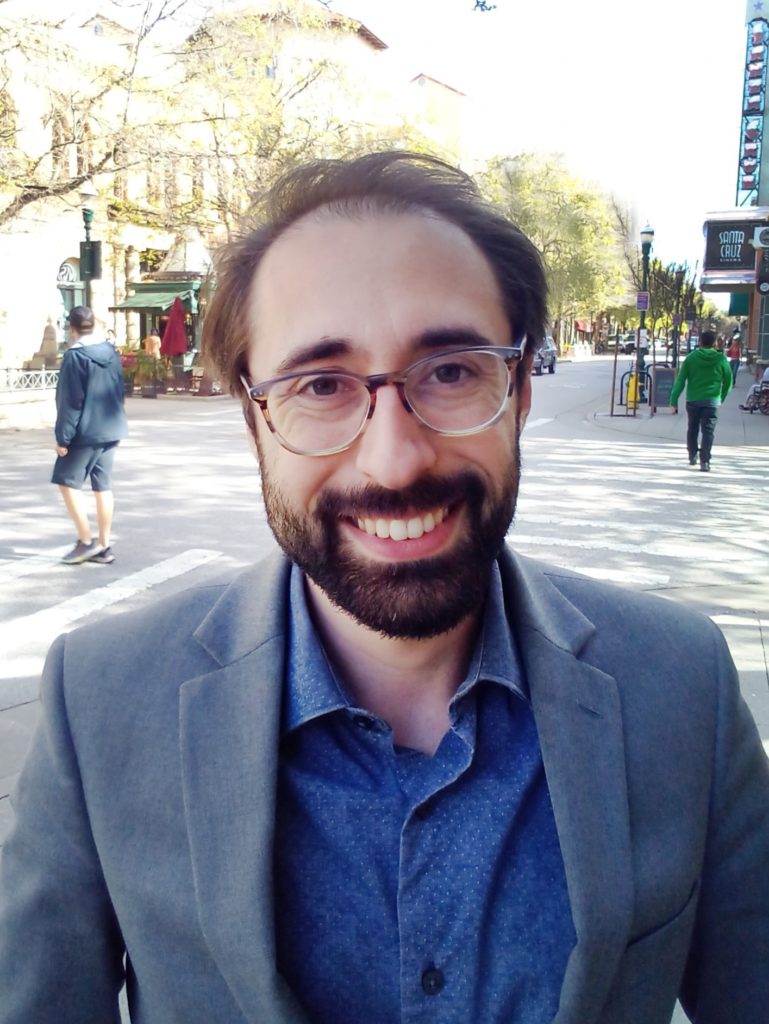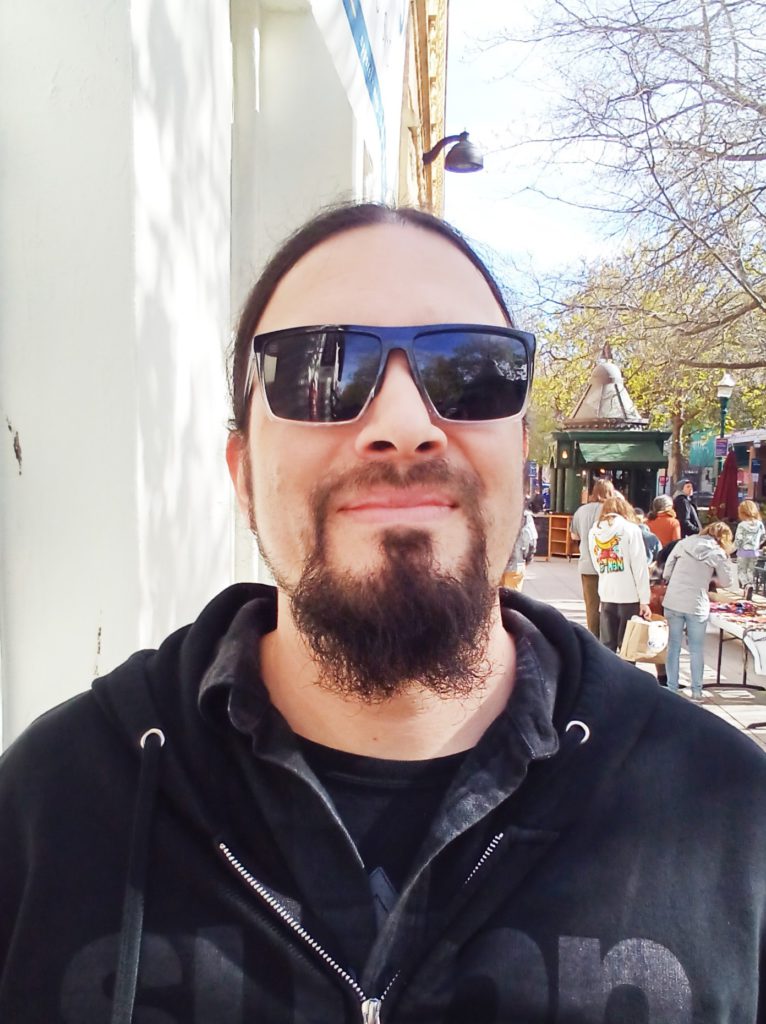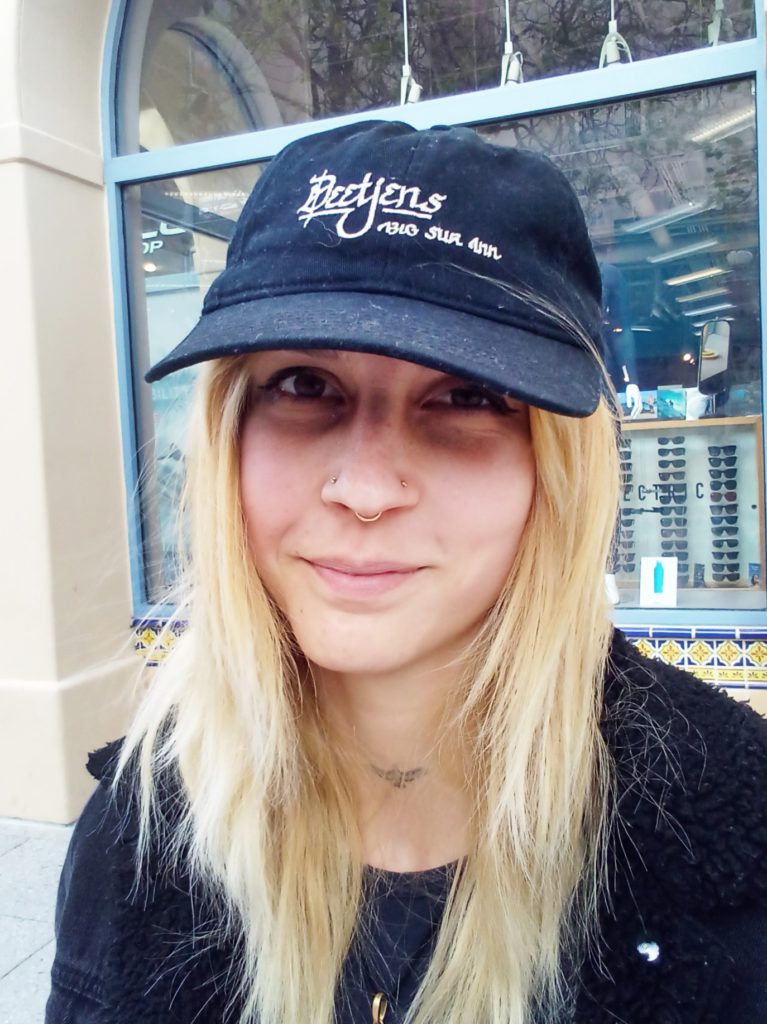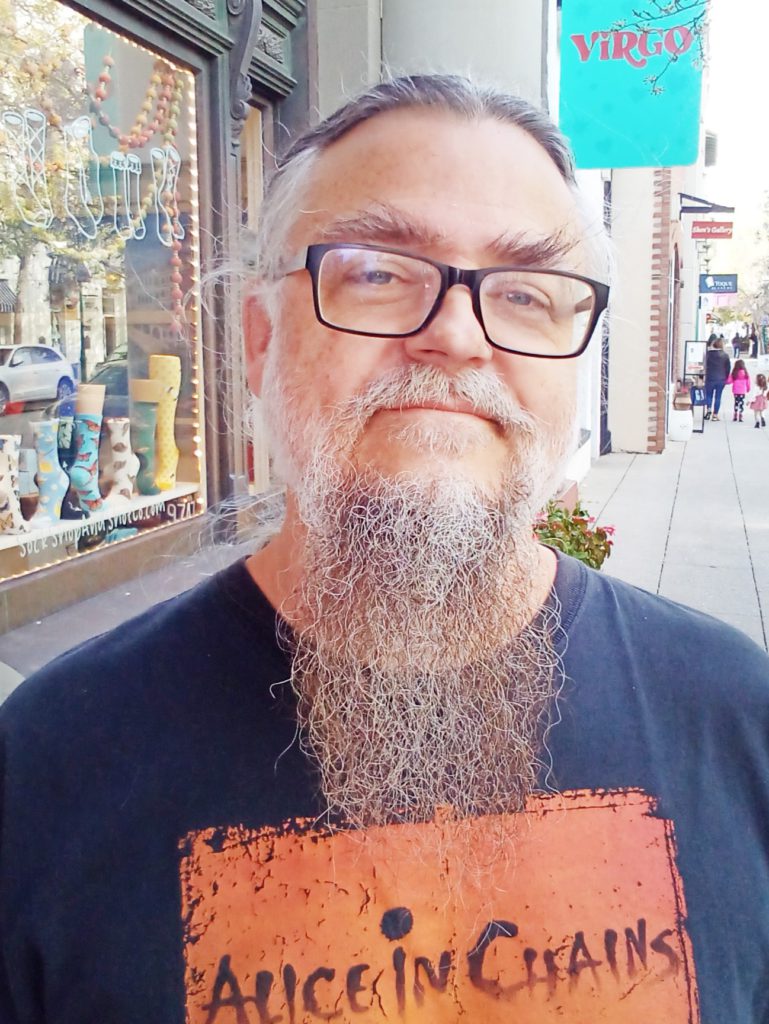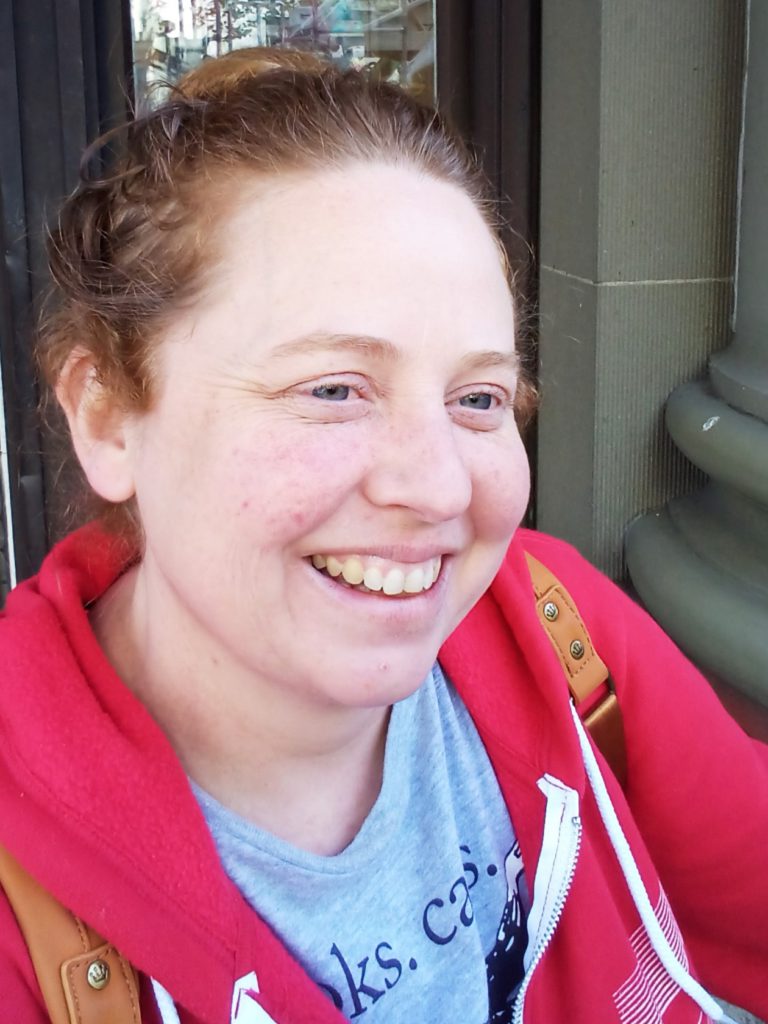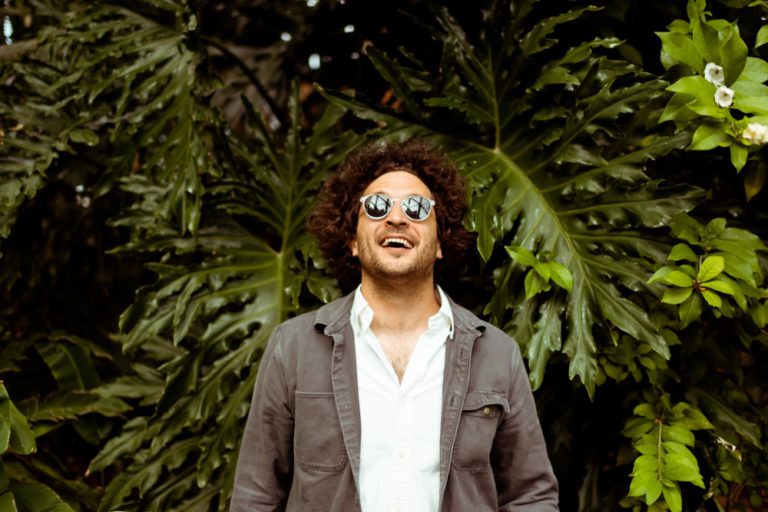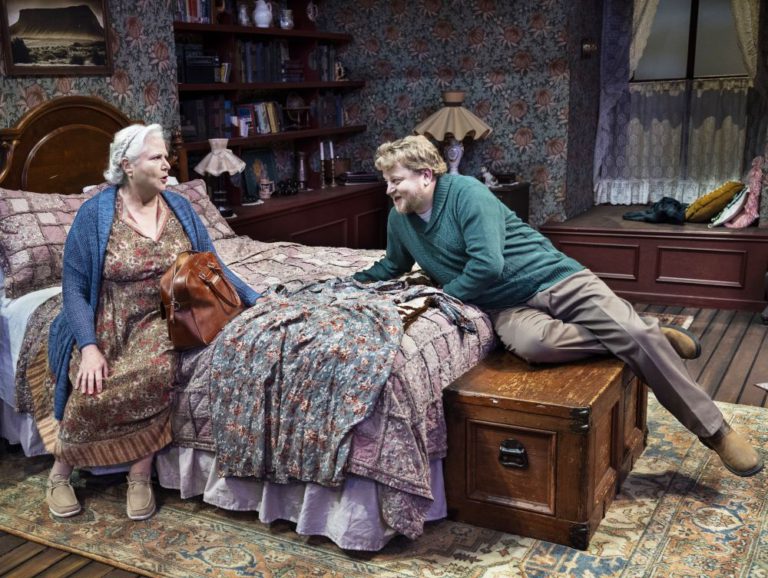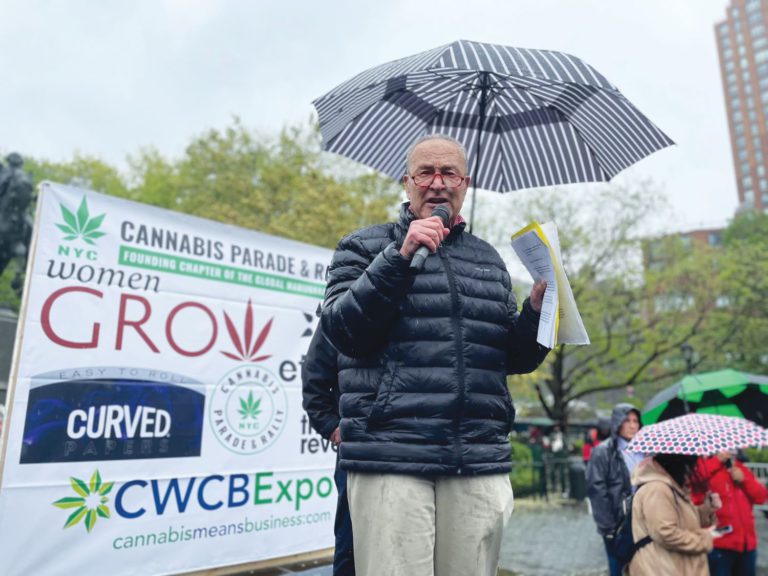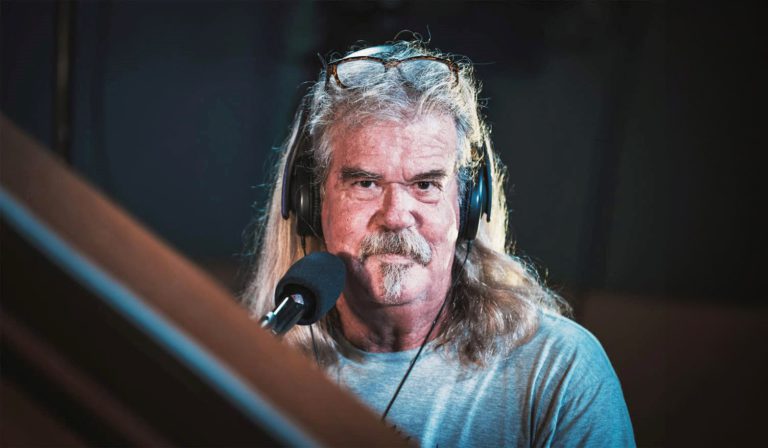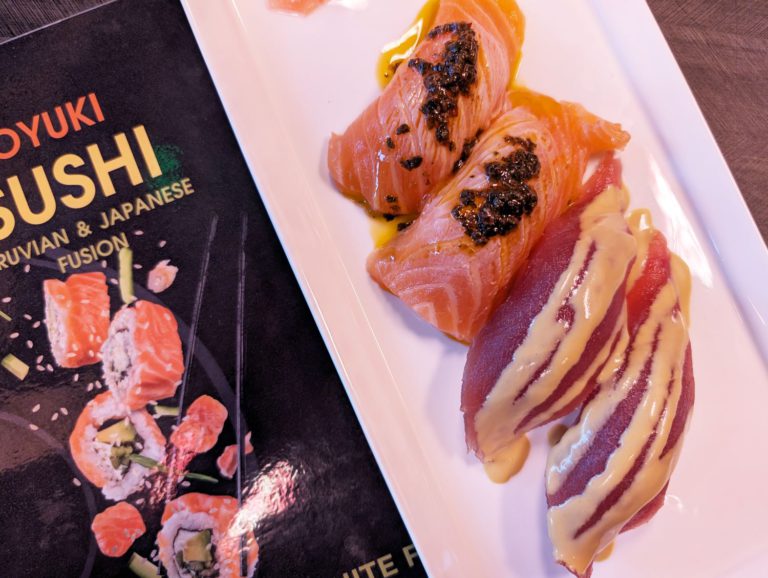ARIES
March 21-April 19
Now is a favorable time to make initial inquiries, ask for free samples and enjoy window shopping. But it’s not an opportune time to seal final decisions or sign binding contracts. Have fun haggling and exploring, even as you avoid making permanent promises. Follow the inklings of your heart more than the speculations of your head, but refrain from pledging your heart until lots of evidence is available. You are in a prime position to attract and consider an array of possibilities, and for best results you should remain noncommittal for the foreseeable future.
TAURUS
April 20-May 20
Author Betty Bender said, “Anything I’ve ever done that ultimately was worthwhile initially scared me to death.” Painter Georgia O’Keeffe confessed she always harbored chronic anxiety—yet that never stopped her from doing what she loved. Philosopher Ralph Waldo Emerson said, “Anyone who is not everyday conquering some fear has not learned the secret of life.” I hope these testimonials inspire you to bolster your grit, Taurus. In the coming days, you may not have any more or less fear than usual. But you will be able to summon extra courage and willpower as you render the fear at least semi-irrelevant.
GEMINI
May 21-June 20
Richard the Lionheart (1157–1199) was a medieval king of England. How did he get his nickname? Scholars say it was because of his skill as a military leader. But legend tells an additional story. As a young man, Richard was imprisoned by an enemy who arranged for a hungry lion to be brought into his cell. As the beast opened its maw to maul the future king, Richard thrust his arm down its throat and tore out its heart, killing it. What does this tale have to do with you, Gemini? I predict you will soon encounter a test that’s less extreme than Richard’s but equally solvable by bursts of creative ingenuity. Though there will be no physical danger, you will be wise to call on similar boldness. Drawing on the element of surprise may also serve you well.
CANCER
June 21-July 22
Will the adventures heading your way be unusual, amusing and even unprecedented? I bet they will have at least some of those elements. You could encounter plot twists you’ve never witnessed or imagined. You may be inspired to dream up creative adjustments unlike any you’ve tried. These would be very positive developments. They suggest you’re becoming more comfortable with expressing your authentic self and less susceptible to the influence of people’s expectations. Every one of us is a unique genius in some ways, and you’re getting closer to inhabiting the fullness of yours.
LEO
July 23-Aug. 22
At least for now, help may not be available from the usual sources. Is the doctor sick? Does mommy need mothering? Is the therapist feeling depressed? My advice is to not worry about the deficiencies, but rather shift your attention to skillful surrogates and substitutes. They may give you what you need—and even more. I’m reminded of The Crystal Cave, a novel about the Arthurian legend. The king, Ambrosius Aurelianus, advises the magician Merlin, “Take power where it is offered.” In other words: not where you think or wish power would be, but from sources that are unexpected or outside your customary parameters.
VIRGO
Aug. 23-Sept. 22
The rest of the story is not yet ready to emerge, but it will be soon. Be patient just a while longer. When full disclosure arrives, you will no longer have to guess about hidden agendas and simmering subtexts. Adventures in the underworld will move above ground. Missing links will finally appear, and perplexing ambiguities will be clarified. Here’s how you can expedite these developments: Make sure you are thoroughly receptive to knowing the rest of the story. Assert your strong desire to dissolve ignorance.
LIBRA
Sept. 23-Oct. 22
In the coming weeks, you can ask for and receive more blessings than usual. So please be aggressive and imaginative about asking! Here are suggestions about what gifts to seek out: 1. vigorous support as you transform two oppositional forces into complementary influences; 2. extra money, time and spaciousness as you convert a drawback into an asset; 3. kindness and understanding as you ripen an unripe aspect of yourself; 4. inspiration and advice as you make new connections that will serve your future goals.
SCORPIO
Oct. 23-Nov. 21
Read the two help-wanted ads below. Meditate on which appeals to you more, and treat this choice as a metaphor for a personal decision you face. 1. “Pedestrian, predictable organization seeks humdrum people with low-grade ambitions for tasks that perform marginally useful services. Interested in exploring mild passions and learning more about the art of spiritual bypassing?” 2. “Our high-octane conclave values the arts of playing while you work and working while you play. Are you ready and able to provide your creative input? Are you interested in exploring the privilege and responsibility of forever reinventing yourself? We love restless seekers who are never bored.”
SAGITTARIUS
Nov. 22-Dec. 21
What is a gourmet bargain? What is a discount marvel? How about an inspiring breakthrough that incurs no debt? Themes like those are weaving their way into your destiny. So be alert for the likelihood that cheap thrills will be superior to the expensive kind. Search for elegance and beauty in earthy locations that aren’t sleek and polished. Be receptive to the possibility that splendor and awe may be available to you at a low cost. Now may be one of those rare times when imperfect things are more sublime than the so-called perfect stuff.
CAPRICORN
Dec. 22-Jan. 19
“There is always one moment in childhood when the door opens and lets the future in,” wrote novelist Graham Greene. For me, it was three days near the end of third grade when I wrote a fairy tale about the unruly adventures of a fictional kid named Polly. Her wildness was infused with kindness. Her rebellions were assertive but friendly. For the first time, as I told Polly’s story, I realized I wanted to be an unconventional writer when I grew up. What about you, Capricorn? When you were young, was there a comparable opening to your future? If so, now is a good phase to revisit it, commune with your memories of it and invite it to inspire the next stage of its evolution in you.
AQUARIUS
Jan. 20-Feb. 18
Even when you are your regular, ordinary self, you have a knack and fondness for irregularity and originality. And these days, your affinity for what’s unprecedented and uncommon is even higher than usual. I am happy about that. I am cheering you on. So please enjoy yourself profoundly as you experiment with nonstandard approaches. Be as idiosyncratic as you dare! Even downright weird! But also try to avoid direct conflicts with the Guardians of How Things Have Always Been Done. Don’t allow Change Haters to interfere with your fun or obstruct the enhancements you want to instigate. Be a slippery innovator. Be an irrepressible instigator.
PISCES
Feb. 19-March 20
Below are truths I hope you will ripen and deepen in the coming months. 1. Negative feelings are not necessarily truer and more profound than positive ones. 2. Cynical opinions are not automatically more intelligent or well-founded than optimistic opinions. 3. Criticizing and berating yourself is not a more robust sign of self-awareness than praising and appreciating yourself. 4. Any paranoia you feel may be a stunted emotion resulting from psychic skills you have neglected to develop. 5. Agitation and anxiety can almost always be converted into creative energy.
Homework: What’s your best method for dissolving bad habits? Tell me so I can benefit from your wisdom! Newsletter.FreeWillAstrology.com



